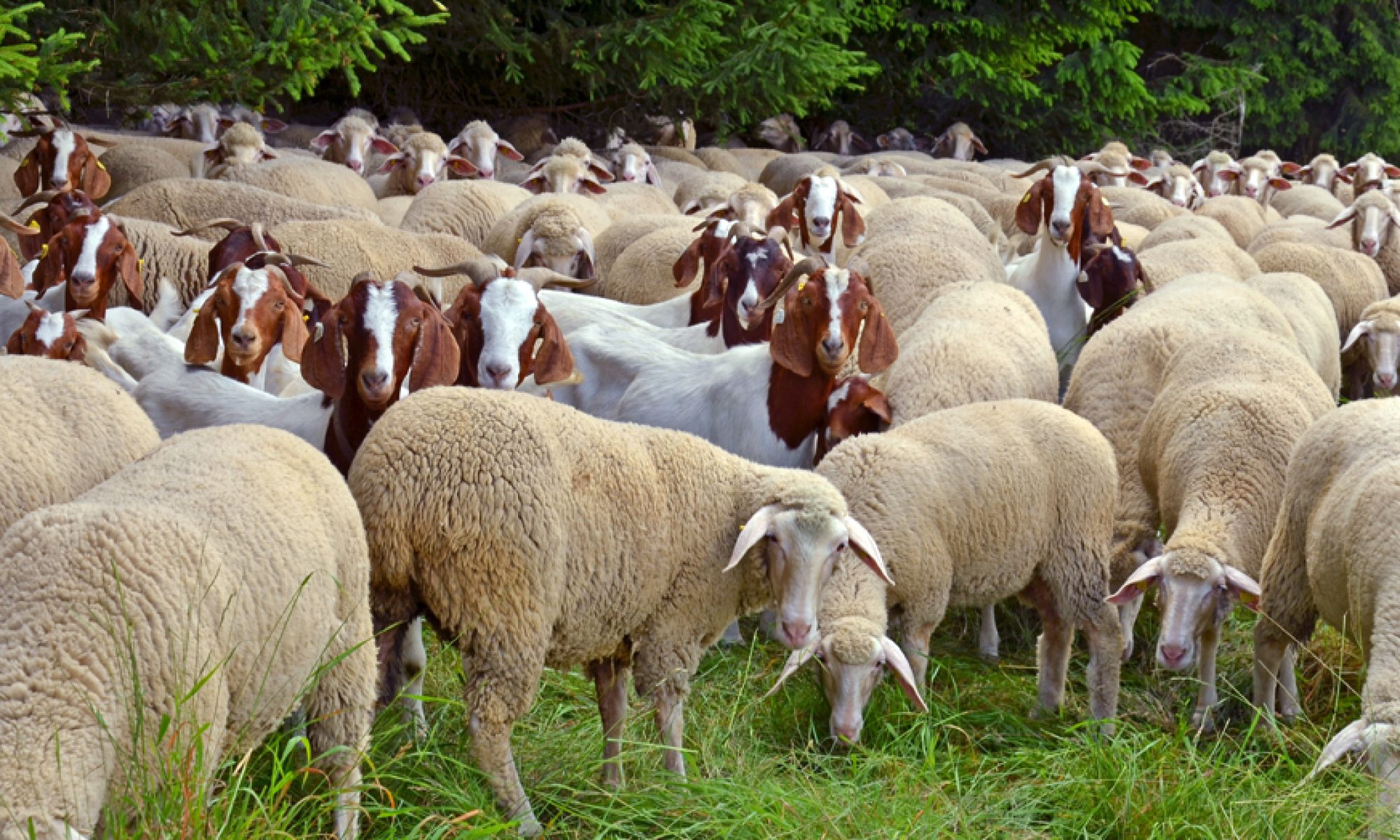What’s with that bomber jacket? Everything about this man (well, almost everything) is appalling. The most recent example is the now-infamous interview with Andrew Ross Sorkin.
Since the internet is now full of foul language, who can be shocked? What’s shocking is the childish way Elon thinks. When his advertisers fled from “X” he responded like they were bullying him (shades of his youth), blackmailing him. Sounds to me like a schoolyard incident with a schoolyard response.
Jonathan Chait called him out on this:
In general, blackmail is a crime where the criminal demands payment from the victim. It does not involve the criminal refusing to give money to the victim for a service they don’t want. . . . Specifically, declining to spend advertising money on a platform because the owner not only permits crazy and offensive comments to proliferate on it but also personally contributes his own crazy and offensive comments to the site, is not only not blackmail, it’s not even in the same universe as blackmail.
We put up with Elon’s conspiracies and Asperger-ish behavior for two reasons. One, he’s the world’s richest man, reason enough for some to ratify his charisma; and two, the U.S. government has sold out to him with its total dependence on contracts with his firms Space-X and Starlink. So we are all now in bed with a madman.

The truck’s many flaws are recounted here, and they may be sufficient to kill it. But the competition isn’t really from Ford or GM or Ram. Its aim is to attract the people who bought Hummers, the truck of poseurs and polluters. Will there be enough of these to buy something that looks like it was “assembled in a dude’s basement”? Others think it looks “very sexy.”
Elon, as we know, is a risk-taker. And maybe the Intelligencer had it right: “Making expensive niche products for people with too much money tends to be a really great business, and Musk has made himself the richest person in the world by being exceptionally good at that.”
Well, the problem is that he’s got to find new buyers in a market that’s declining. EV trucks are getting more expensive and fewer people seem to want them. We hope this trend will change, but the costly and flamboyant Cybertruck isn’t likely to do it.










